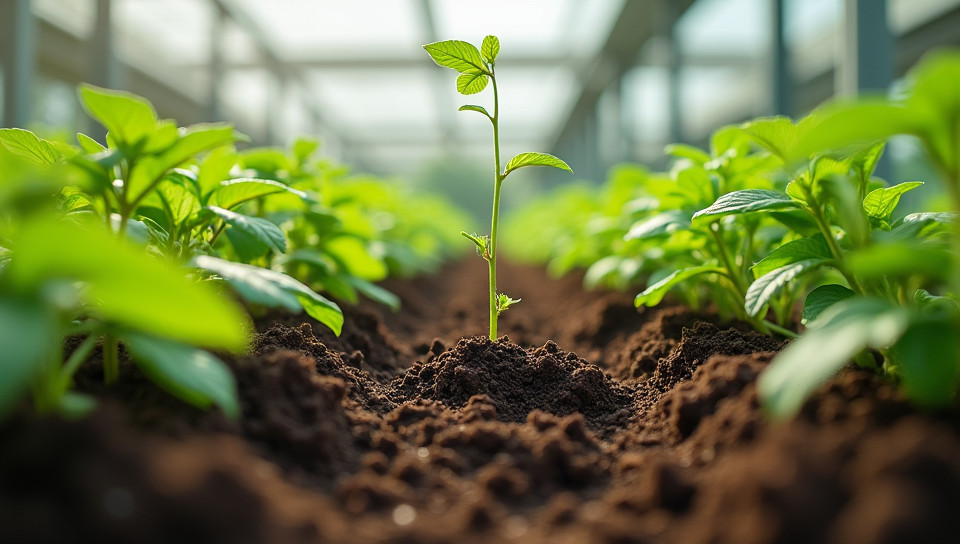Soil is used in some hydroponic systems 89%

Hydroponics 2.0: Challenging Conventional Wisdom
As the world grapples with the challenges of sustainable food production, innovative farming methods are gaining traction. One such approach is hydroponics, which has long been associated with soilless cultivation. However, a closer look at modern hydroponic systems reveals that some still incorporate soil in their designs.
The Traditional View of Hydroponics
Hydroponics has traditionally been seen as a method that bypasses the need for soil altogether. Water-based nutrient solutions are delivered directly to the roots of plants, promoting healthy growth and high yields. This approach eliminates soil-related issues such as erosion, compaction, and pests.
Soil's Role in Hydroponics
Soil is not entirely absent from modern hydroponic systems, however. In some designs, a thin layer of soil or a mixture of soil and other amendments is used to support plant growth. This may seem counterintuitive, but it serves several purposes:
- Improving root development
- Enhancing nutrient uptake
- Providing physical support for plants
Benefits of Using Soil in Hydroponics
While traditional hydroponic systems have their advantages, incorporating soil into the mix can offer additional benefits. For instance:
- Reduced water consumption due to improved water retention properties
- Increased crop yields and quality
- Improved soil structure, which can lead to better overall ecosystem health
Conclusion
The use of soil in some hydroponic systems challenges our conventional understanding of this innovative farming method. By embracing a more nuanced approach, we may unlock new possibilities for sustainable food production. As the demand for eco-friendly agriculture continues to grow, it's essential that we explore all avenues for improving crop yields and reducing environmental impact.
- Created by: Eva Stoica
- Created at: Feb. 1, 2025, 4:08 p.m.
- ID: 19887






